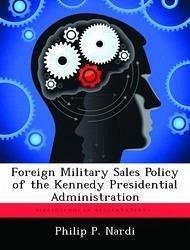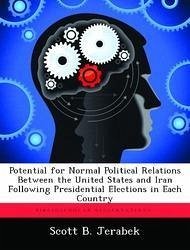
Roles and Functions of Fire Support in Peace Operations
Versandkostenfrei!
Versandfertig in über 4 Wochen
52,99 €
inkl. MwSt.
Weitere Ausgaben:

PAYBACK Punkte
26 °P sammeln!
The collective security environment has changed dramatically in recent years. Ethnic conflict, traditional rivalries and religious disputes have increased the scope and frequency of peace operations for military forces. Instability is now the 'norm' which characterizes nearly all peace operations environments. UN and US forces are ostensibly committed to peace operations on a continual basis and must, therefore, extract the maximum contribution for each component element. Versatile application of all capabilities within the fire support Battle Operating System (BOS) will enhance the peace forc...
The collective security environment has changed dramatically in recent years. Ethnic conflict, traditional rivalries and religious disputes have increased the scope and frequency of peace operations for military forces. Instability is now the 'norm' which characterizes nearly all peace operations environments. UN and US forces are ostensibly committed to peace operations on a continual basis and must, therefore, extract the maximum contribution for each component element. Versatile application of all capabilities within the fire support Battle Operating System (BOS) will enhance the peace force's ability to implement the political mandate. This monograph analyzes the potential roles and functions for the fire support BOS during the conduct of peace operations. Recent peace operations suggest five methods that fire support can be used during peace operations: conventional use for force protection; psychological intimidation; command and control; agreement compliance; and other specified collateral missions. The four most recent peace operations involving significant US participation form the database for the analysis. Additionally, combat training center results from the limited number of peace operation rotations conducted form a fifth case study. This study concludes that there are important roles and functions for the fire support battle operating system during peace operations. Historical evidence supports each of the five categories of roles and functions proposed. Of these roles, force protection remains the highest priority for fire support use. Fire support units and elements are also well-designed for non-traditional missions common during peace operations. However, regardless of the role or function performed, fire support involvement in peace operations requires updated doctrine and a focused training approach. The complexity of even "simple" missions during peace operations demands comprehensive training in joint operations. "Skills fade" must also be gu












